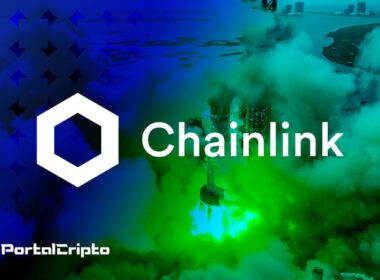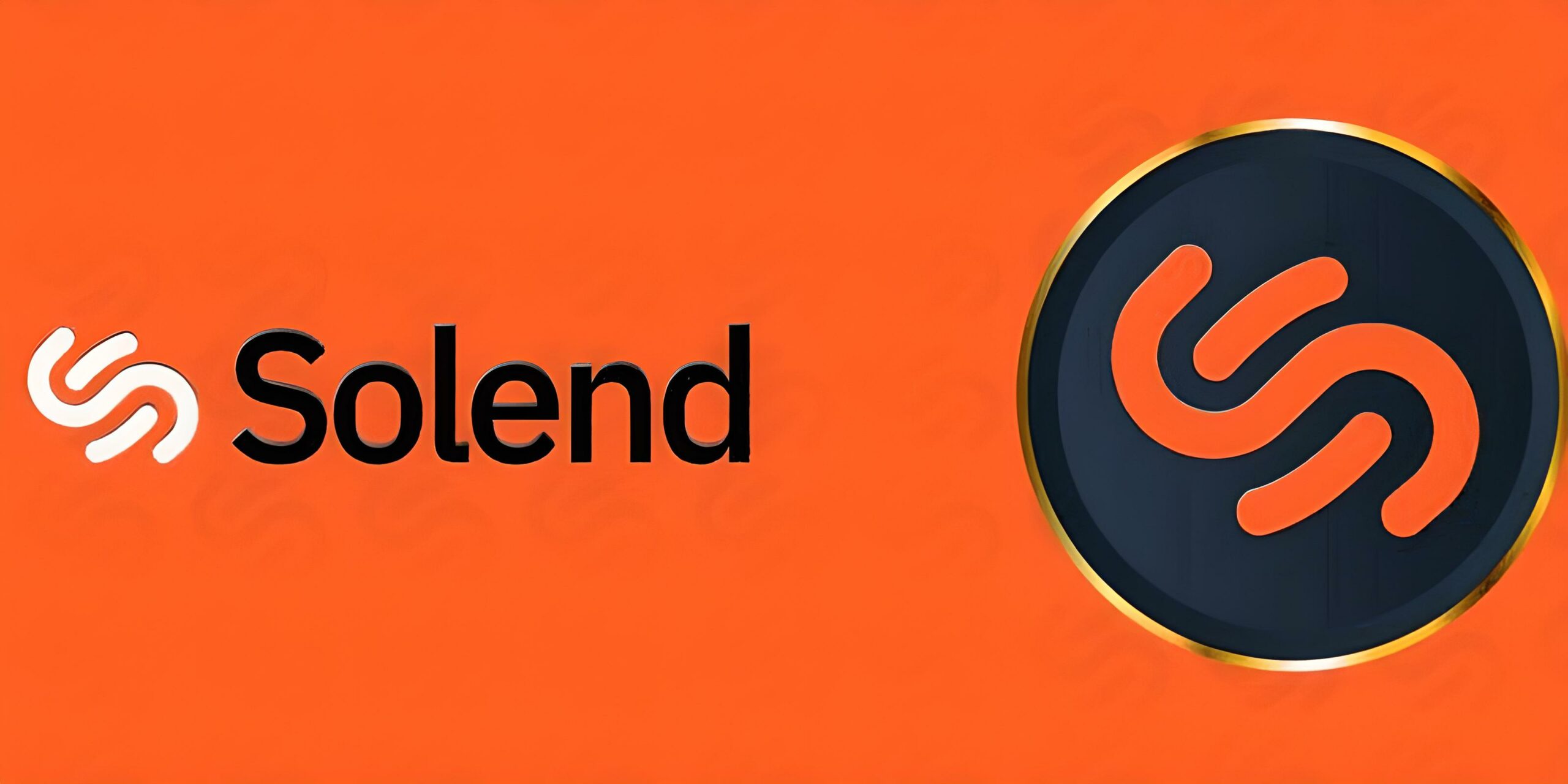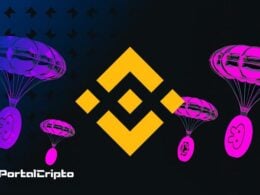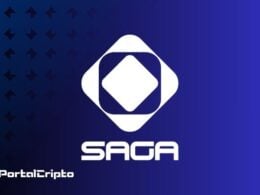Solend is a lending platform on the Solana network and describes itself as an “autonomous interest rate machine”. Users can earn interest and borrow up to 16 assets from 40+ pools through fast transactions and low fees. Solana's industry-leading technology gives Solend the advantage of 100x the speed and lower fees compared to most DeFi services today.
In this article, we will discuss:
What is Solend (SLND)?
Solend is a money market on Solana. Its vision is to become the safest and easiest-to-use lending platform in the Solana ecosystem. Furthermore, Solend also takes advantage of the high scalability of its blockchain landed, where any transaction is expected to be ultra-fast and cheap.
Solend allows you to use your capital more efficiently by borrowing to earn interest, borrowing, leveraging longs and shorts. With Solend, Solana players have more options to increase their profits. Some assets which are supported by Solend as of now are SOL, USDC, USDT, ETH, BTC, SRM, FTT and RAY. More markets will be added soon. Eventually, the listing process will be governed by the Solend community.
How does Solend work (SLND)?
Similar to other currency markets, Solend offers different markets for users to borrow or borrow.
- Loans: Users deposit funds into Solend and earn interest. Interest is defined algorithmically.
- Borrowing: After depositing the funds, users can use them as collateral to borrow assets.
One advantage of lending/borrowing in Solend is that it has an Accounts Dashboard, displaying all loan/loan ratios. This helps you to track your positions easily and efficiently to avoid any unwanted liquidation.
- Net worth : Equal to the value of the assets provided minus the value of the assets borrowed.
- Loan Utilization : % of the loan limit you are borrowing (loan balance/loan limit).
- Loan Limit: If your loan balance exceeds your loan limit (loan utilization > 100%), your assets are at risk of being liquidated.
- Liquidation Limit: If your loan balance exceeds the liquidation limit, your assets will be liquidated immediately.
transaction fee
On Ethereum, the cost issue when you perform financial tasks such as loans and property lending can cost up to $50. A number for retail investors is quite significant, even reducing their motivation when trading. Solend is built on the Solana blockchain, so the transaction fees are very cheap.
Extendability
After solving the cost issue, expanding the utilities within the product or connecting more with other protocols is also one of the advantages that Solana's blockchain technology brings to Solend.
Advantages of Solend features
Solend has a very user-friendly and easy-to-use dashboard that meets Solend's original product creation criteria. When depositing assets at Solend, you will receive a portion of the interest automatically calculated by the algorithm.
Governance in Solend will gradually be transferred back to a Decentralized Autonomous Organization (DAO) to enable the community to participate in project governance. This makes the community more motivated to follow and develop the project.
Network Effects
Lending Platform (Solend) – a proven piece of the puzzle that is very important in circulating liquidity, across the DeFi ecosystem of any blockchain, Solana is no exception. tokens in the Solana ecosystem. Investors who own or mortgage them will earn additional profits depending on the purpose of the loan. These tokens can be withdrawn to provide liquidity, opening up many collateral opportunities.
Gradually, the above will create a win-win relationship. In it, investors get more profits and project tokens also benefit. These factors combined contribute to creating a positive chain reaction in DeFi projects in Solana.
Risks when using Solend
A blockchain platform, especially a DeFi network, is not a 100% guarantee of security as there are still risks that users should know about before depositing any amount of crypto assets.
smart contract risk
While Solend is a firm follower of security industry standards, its smart contract and other competing DeFi platforms are always at risk of exploitation and freezing of depositor funds. No platform can completely avoid these risks, and risk mitigation policies are the best protection they can offer right now. As for Solend, it has implemented three layers of protection to reduce the impact of potential smart contract “misbehavior”.
First, it had its smart contract audited by Kudelski, a leading independent cybersecurity company. Second, he launched a bug bounty program with a prize pool of up to $1 million. And third, it has already established a treasury amounting to $20 million to insure the Principal Pool.
Zero Token in Pool
Solend's borrowing and borrowing transactions can collapse when all of its tokens are borrowed and used, leaving zero assets for users. With this situation, depositors have no choice but to wait for the utilization rate to decrease, which can happen when more users deposit new funds or repay their loans. Also, in this worst-case scenario, the users who will be most impacted are those with a significant pool membership.
Oracle Risk
For price feeds, Solend uses Switchboard and Pyth oracles to determine this critical data. But there is always a risk that these platforms, however advanced they may be, could generate inaccurate prices that could trigger erroneous settlements on Solend.
Settlement Risk
At Solend, users can apply for an “overcollateralized” loan, which must be collateralized with a value greater than the loan amount. While this provides affordability for a much needed loan, the difficulty arises when the collateral value falls below a specified threshold, which will affect the borrower with a settlement fee.
Non-payment of loans
Massive incidents such as global market disruptions or large-scale liquidations can prevent liquidated assets from being able to repay liquidated user loans. Solend avoids this risk by separating new and high-risk tokens into its Isolated Pools and continuously monitoring its guarantee ratios and deposit limits.
Problems faced by the Solend platform
Recently, Solend took everyone by surprise with the planned acquisition of a whale account that could cripple its entire network. Solend explained that this account has a substantial margin position, with 5,7 million SOL tokens deposited, and was lending $108 million worth of stablecoins in Ether and USDC. According to the platform, this whale could potentially create bad debt, putting Solend and its users at risk.
In response to this, a proposal suggested taking over the whale's account to mitigate potential risks. The proposal immediately faced an objection through another proposal intended to invalidate it. The second proposal obtained 99,8% of “Yes” from the community.
Proposals
Since the whale account incident, three proposals have emerged to better prepare the platform for potential massive account risks.
SLND 1 “Mitigating whale risk”
- Published: June 19, 2022
- Status: Success
SLND1 was the proposal that suggested taking over the said whale account. His proposal seeks to offer Solend Labs the emergency power to execute this unconventional movement. Despite Solend's decentralized capabilities, this suggestion is possible via a smart contract update, and once the danger of the whale account mitigates, the system will immediately revoke this emergency power.
Their suggestions include implementing margin requirements for whale accounts that make up more than 20% of loans. It also suggests implementing a 35% settlement limit on accounts that lend an amount equivalent to 20% of all loans to the Principal Pool.
SLND 2 “Invalidate SLND2 and increase voting time”
- Published: June 20, 2022
- Status: Completed
SLND2 made history by successfully blocking an acquisition proposal that may have motivated other DeFi platforms to follow suit and undermine the decentralized image of the entire industry. Proposals include extending the governance vote to one day and creating an alternative plan that does not include account takeovers.
SLND 3 “Introduce Account Borrowing Limit”
- Published: June 21, 2022
- Status: Success
SLND 3 proposes the implementation of a loan-to-account limit of US$50 million, and any amount of debt beyond that limit must be liquidated. To avoid a drastic impact on users, it suggests gradually implementing this policy and starting with a higher limit of $120 million. The system will reduce this amount by $500.000 per hour until it reaches the proposed limit of $50 million.
Solend Referral Program
The Solend Referral program allows users to earn 20% of all loan origination fees from depositors who used your link. Origination fees are the small payments Solend charges for each loan made on its platform. Interested participants must first have at least 1.000 SLND in their wallets before they qualify for the program.
SLND token
There is an outstanding supply of 19.473.872 SLND coins and a maximum supply of 100.000.000 SLND tokens. The SLND currency is Solend's native utility token.
cToken
cToken are “earning deposit receipts” and depositors can convert USDC to “cUSDC” to obtain a tradable token that allows them to earn interest on Solend. Holders can keep this token in their wallet for passive income or send it as a gift to let someone else earn interest too!
Where to buy SLND?
SLND cryptocurrency can be traded on the following exchanges:
- MEXC
- FTX
- Gate.io
- LATOKEN
Solend Price Forecast (SLND)
The price of Solend is predicted to reach a high level of $1.590 throughout 2022. According to our crypto price prediction index, in 2023, the price of Solend (SLND) could reach a high level of $3.060, with the average trading price of $2.276. According to our crypto price prediction index, in 2025 SLND should cross an average price level of $3.689.
The minimum expected value of the Solend price at the end of the current year should be $3.406. Furthermore, SLND can reach a maximum price level of $3.760. Solend price is predicted to reach the lowest possible level of $3.265 in 2030. According to our crypto price prediction index, the SLND price could reach a maximum possible level of $6.021, with the predicted average price of $4.537 .
Conclusion
Solend was created to achieve two goals: To be the most secure and user-friendly financial platform in the Solana chain. But while these are straightforward goals, achieving them is far from simple, leading the team to continually improve their platform, create new opportunities, and above all, listen carefully to their community despite the challenges.












